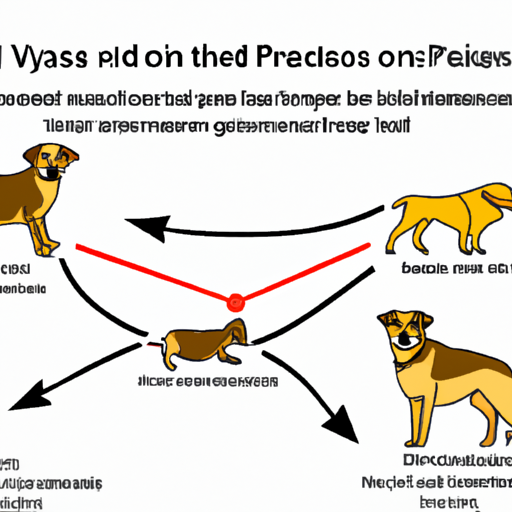1. Understanding Parvo
As a caregiver, one of your primary concerns may be the health of your pet. Canine Parvovirus, often referred to as Parvo, is a highly infectious virus that can have severe effects on your beloved companion. You might feel like you’re navigating a dense fog when it comes to understanding this disease, but don’t worry. We’re here to shed light on the matter.
Parvo primarily affects puppies and young dogs, although older dogs can also be susceptible if they are not vaccinated. It targets rapidly dividing cells in a dog’s body, most notably those in the intestinal tract and bone marrow, leading to symptoms like vomiting, diarrhea, loss of appetite, and lethargy.
2. The Mechanism of Transmission
Parvo is a resilient virus. It can survive on surfaces for months, and it’s resistant to many common cleaners and disinfectants. But how does it get from one dog to another?
- Direct Contact: The most common way Parvo is spread is via direct contact with an infected dog. This could be through nose-to-nose contact or other forms of close interaction.
- Indirect Contact: Parvo can also spread through indirect contact. This might occur if a healthy dog comes into contact with a contaminated object, such as a food bowl, toy, or even the hands or clothing of a person who has recently handled an infected dog.
| Type of Transmission | How it happens |
|---|---|
| Direct Contact | Through nose-to-nose contact or other forms of close interaction with an infected dog |
| Indirect Contact | Through contact with a contaminated object like a food bowl, toy, or person who has recently handled an infected dog |
3. The Role of Feces in Spreading Parvo
Believe it or not, feces play a significant role in the spread of Parvo. Infected dogs shed the virus in their feces. Other dogs can then contract the virus by sniffing or ingesting contaminated feces. It’s a grim picture, but understanding this can help you take steps to prevent the spread of Parvo.
4. Preventive Measures
It’s not all doom and gloom. There are preventive measures you can take to protect your pet from Parvo.
- Vaccination: This is the most effective way to prevent Parvo. Puppies should receive their first vaccination between six and eight weeks of age, followed by booster shots every three to four weeks until they are 16 weeks old.
- Hygiene: Regular cleaning of your dog’s environment can help reduce the risk of Parvo. Remember, the virus can survive on surfaces for months, so regular cleaning is essential.
- Isolation: If a dog is diagnosed with Parvo, isolate it immediately to prevent the virus from spreading to other dogs.
5. Frequently Asked Questions (FAQs)
-
Can humans get Parvo from dogs?
No, humans cannot get Parvo from dogs. The virus is species-specific, meaning it only affects canines. -
Can a vaccinated dog get Parvo?
While rare, it is possible for a vaccinated dog to contract Parvo, particularly if they have not received all their booster shots or if their immune system is compromised. -
Does Parvo have a specific season?
Parvo can occur at any time, but it is more common in spring and fall. -
How long does Parvo last in the environment?
The Parvo virus can survive indoors for up to two months, and outdoors, it can survive for many months, and even a year under the right conditions.
Remember, when it comes to protecting your pet from Parvo, awareness is the key. Stay informed, keep your pet vaccinated, and maintain good hygiene habits.



